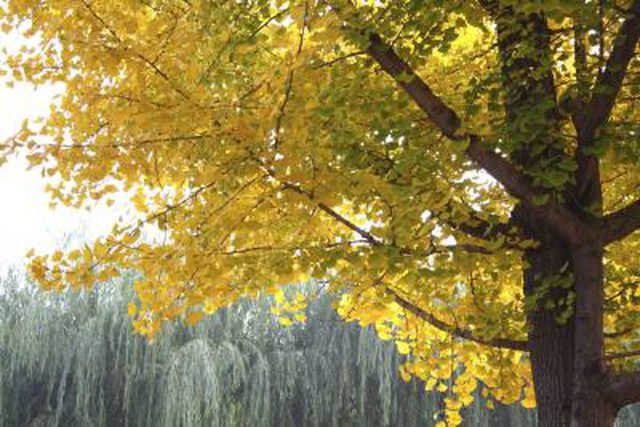Bulbs
Flower Basics
Flower Beds & Specialty Gardens
Flower Garden
Garden Furniture
Garden Gnomes
Garden Seeds
Garden Sheds
Garden Statues
Garden Tools & Supplies
Gardening Basics
Green & Organic
Groundcovers & Vines
Growing Annuals
Growing Basil
Growing Beans
Growing Berries
Growing Blueberries
Growing Cactus
Growing Corn
Growing Cotton
Growing Edibles
Growing Flowers
Growing Garlic
Growing Grapes
Growing Grass
Growing Herbs
Growing Jasmine
Growing Mint
Growing Mushrooms
Orchids
Growing Peanuts
Growing Perennials
Growing Plants
Growing Rosemary
Growing Roses
Growing Strawberries
Growing Sunflowers
Growing Thyme
Growing Tomatoes
Growing Tulips
Growing Vegetables
Herb Basics
Herb Garden
Indoor Growing
Landscaping Basics
Landscaping Patios
Landscaping Plants
Landscaping Shrubs
Landscaping Trees
Landscaping Walks & Pathways
Lawn Basics
Lawn Maintenance
Lawn Mowers
Lawn Ornaments
Lawn Planting
Lawn Tools
Outdoor Growing
Overall Landscape Planning
Pests, Weeds & Problems
Plant Basics
Rock Garden
Rose Garden
Shrubs
Soil
Specialty Gardens
Trees
Vegetable Garden
Yard Maintenance
Ginkgo Tree Facts
Ginkgo Tree Facts. The ginkgo tree (Ginkgo biloba) is in a class of its own -- quite literally. The tree is the only remaining member of the Ginkgo family. While it's only one species, the many cultivars give you some choice. With its distinctive, fan-shaped leaves and brilliant fall color, the ginkgo tree grows in many climates and does well in...

The ginkgo tree (Ginkgo biloba) is in a class of its own -- quite literally. The tree is the only remaining member of the Ginkgo family. While it's only one species, the many cultivars give you some choice. With its distinctive, fan-shaped leaves and brilliant fall color, the ginkgo tree grows in many climates and does well in harsh conditions.
Climate and Culture
The gingko tree grows in U.S. Department of Agriculture plant hardiness zones 3 through 8A. It's a good choice for almost any yard except those in hot climates. This tough tree thrives in cold weather and in full sun or partial shade. It will tolerate all different kinds of soil -- including clay or loam -- and can even grow in wet areas. In addition, the gingko tree can tolerate periods of drought. Its roots are not invasive, and it is resistant to breakage and rarely bothered by serious diseases or insect pests.
Size and Appearance
You can instantly recognize a ginkgo tree by its fan-shaped leaves. The Japanese sometimes call it the "I-cho" tree, which translates to "tree with duck-feet leaves." The leaves turn golden in fall before soon dropping, with some cultivars having a more brilliant yellow hue than others. The gingko tree, which is also sometimes called the maidenhair tree, can grow to a maximum average height and width of 75 and 60 feet, respectively, but is usually much shorter in small yards, urban areas and in warmer climates. It grows slowly and can be pruned to control its size. The overall shape of the tree is usually round or pyramidal, with an open, irregular canopy.
History and Uses
The gingko tree is sometimes referred to as a "living fossil," because it is the oldest living tree in the world, according to Bellarmine University. One tree in China is more than 3,000 years old. Native to southeast Asia, the trees were brought to the U.S. in the late 1700s, and they are frequently used as street trees due to their ability to tolerate pollution. The gingko tree makes a suitable specimen tree, and works well as a shade tree, once established.
Special Considerations
Always plant a male ginkgo. Cultivars include "Autumn Gold" and "Fairmont." The male trees won't produce the messy, smelly fruit. The fruit has a foul odor, similar to rancid butter, described as "repulsive," "evil" and "like vomit." Female ginkgos are so undesirable they are banned in many U.S. cities. The fruit and leaves of the tree are toxic, but only if eaten in large amounts. Most animals stay far away from the fruit.